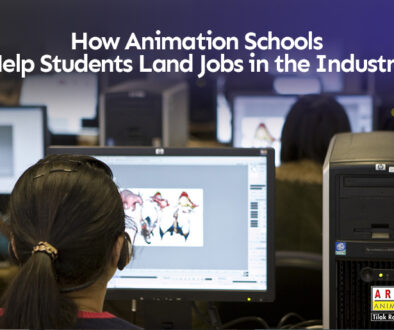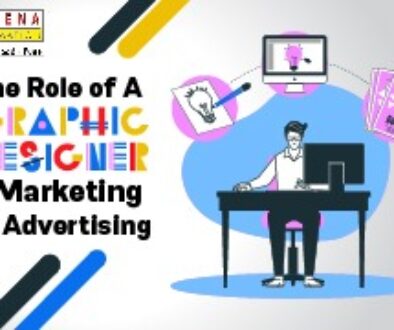Starting Your Graphic Design Career Path: A Step-by-Step Guide
Graphic designers use their diverse skills and tools in many exciting, educational, creative, and technical fields. If you have an imaginative mind, an eye for beauty, and a knack for using technology, graphic design may be your field. However, learning about your decision to choose this career path may give you a clear idea. The duties, salary, and required skills of a graphic designer are discussed here, along with advice on how to get into the field.
What Does a Graphic Designer Do?
Graphic designers create visual content using specialized software and hardware. Graphic designers are needed in any field where visual communication is essential. Graphic designers make visually appealing content for any industry, whether for marketing, advertising, software development, or entertainment. They make different creatives, from posters and logos to layouts and video transitions. As a graphic designer, you will:- Gather information and conduct studies to inform your design decisions further.
- Brainstorm new ways to improve existing designs.
- Collaborate with the rest of the team, including the copywriters, editors, and photographers, and listen to their critiques to incorporate their feedback into the design.
- Ideas and sketches should be presented to project managers or creative directors.
- Pick the best fonts, color schemes, and other design elements.
- Prepare the copy for print by setting the type and editing the images.
- Upgrade and upkeep legally owned software.
- Research cutting-edge computer tools and design programs for the visual arts.
Why Start a Career in Graphic Design?
- Always in Style
- Never Stop Growing
- Multiple Career Options
Steps to Become a Graphic Designer
To work as a graphic designer, you need to know the fundamentals inside and out. It takes effort, patience, careful preparation, and understanding of design theory and practices to make something beautiful. Graphic designers must consider lines, colors, shapes, spaces, textures, fonts, sizes, placement, prominence, balance, and emphasis. All of these things have an impact on the final product and the way people respond to it.- Enrolling in a Graphic Design Class
- Working on Projects
- Considering Internship Options
- Taking on Freelance Work
- Putting Together a Website/Portfolio



